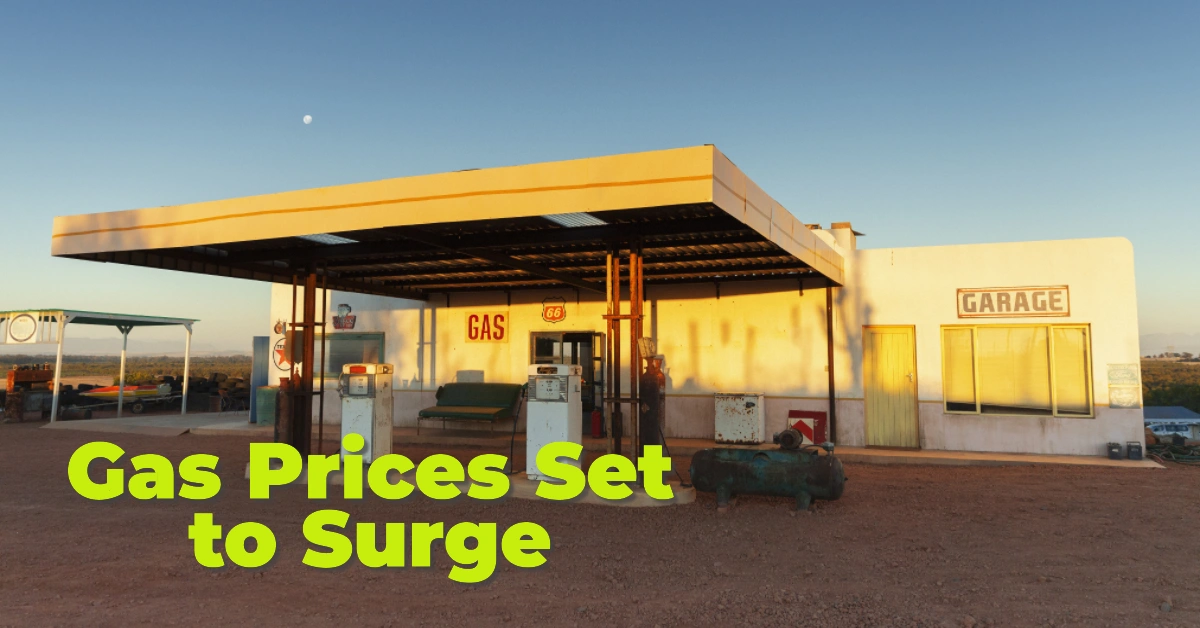President Donald Trump has threatened to impose a 25% tariff on oil imports from Canada and Mexico as soon as this Saturday. If enacted, these tariffs could disrupt fuel prices, sending gasoline costs soaring for American drivers.
Table of Contents
How Tariffs Lead to Higher Fuel Prices
“Tariffs are like speed bumps on the road to economic efficiency,” says Hakan Kaya, senior portfolio manager at Neuberger Berman. Whether applied to oil, agriculture, or lumber, the economic ripple effects are unavoidable.
The proposed tariffs are tied to disputes over immigration, drug trafficking, and trade reforms under the U.S.-Mexico-Canada Agreement (USMCA). If implemented, experts warn that U.S. consumers will bear the brunt of the cost increases at the pump.
USD Rebounds Amid Renewed Tariff Speculation: Scotiabank Strategist Breaks Down the Moves
How Much More Will You Pay for Gas?
According to Raymond James analyst Pavel Molchanov, a 25% tariff on Canadian oil would translate into an additional $15 per barrel—a direct increase that could add 10 cents per gallon to gasoline prices.
However, the actual impact will vary by state, with regions more dependent on Canadian and Mexican oil likely seeing steeper price hikes.
Canada: The Biggest Oil Supplier to the U.S.
🔹 In 2023, the U.S. imported 4.42 million barrels per day from Canada, making up 52% of total oil imports.
🔹 Mexico ranks second, supplying 11% of U.S. imports (910,000 barrels per day).
Since the U.S. heavily depends on Canadian heavy crude—essential for producing diesel, jet fuel, and gasoline—a tariff would not only raise prices at the pump but also trigger inflation across multiple industries.
A No-Win Situation for U.S. Refineries
🔸 U.S. refineries are designed to process heavy crude, primarily sourced from Alberta, Canada.
🔸 Before the U.S. shale boom, heavy crude was widely available, leading refineries to invest in infrastructure to process it.
🔸 The U.S. has no viable alternative to Canadian imports, making tariffs especially disruptive.
The Trump administration’s stance on cutting energy prices would clash with the inflationary impact of these tariffs. Higher fuel costs could raise transportation costs, increase prices for goods, and hurt consumers nationwide.
Why Venezuela Won’t Fill the Gap
Trump has also hinted at cutting off U.S. oil imports from Venezuela, further tightening crude supplies for refineries.
🔹 Two decades ago, Venezuela was a major supplier of heavy crude to the U.S.
🔹 However, political mismanagement and economic collapse have devastated its oil industry.
🔹 With Venezuela out of the picture, Canada remains the only major supplier of heavy crude to the U.S.
How Quickly Would Prices Rise?
Experts predict that drivers would notice a spike in gas prices within weeks of tariff implementation. Additionally, since fuel costs affect nearly every industry, inflation would ripple across the entire economy—hitting transportation, manufacturing, and even grocery prices.
The Bottom Line
If Trump’s 25% tariff on Canadian and Mexican oil takes effect, Americans should brace for higher gas prices. With no alternative heavy crude suppliers, the economic impact could be widespread and long-lasting—making fuel more expensive and everyday goods costlier.
The big question: Will tariffs on oil really benefit the U.S., or will they backfire on consumers? Stay tuned as this situation unfolds.
